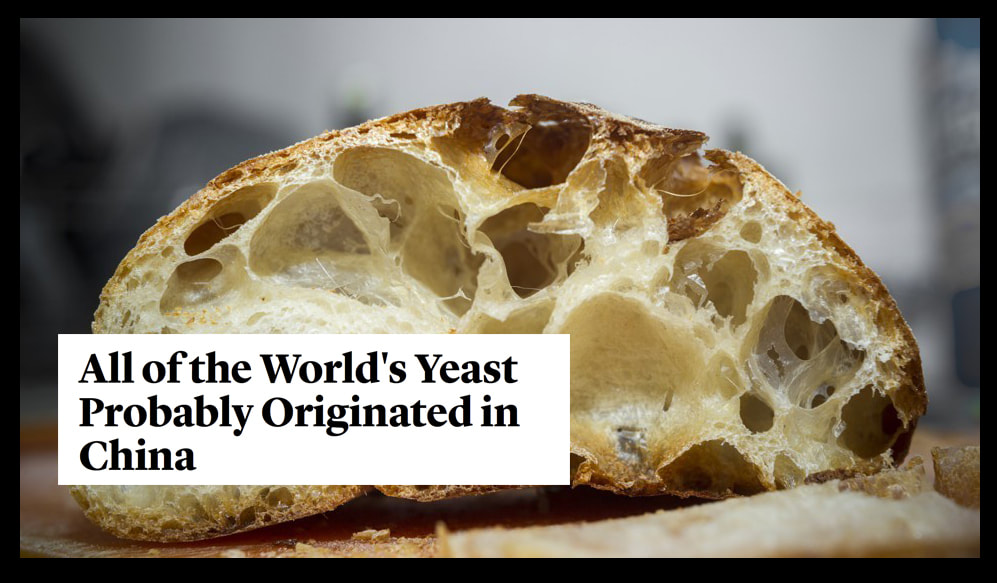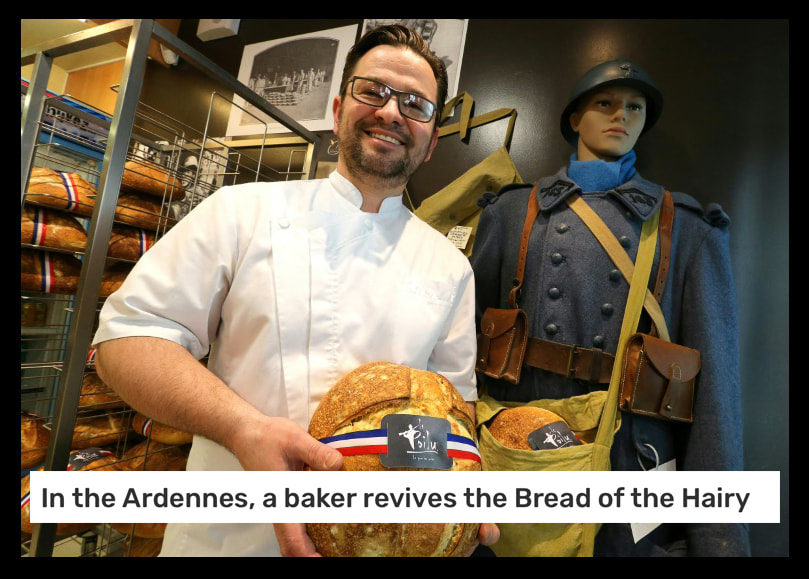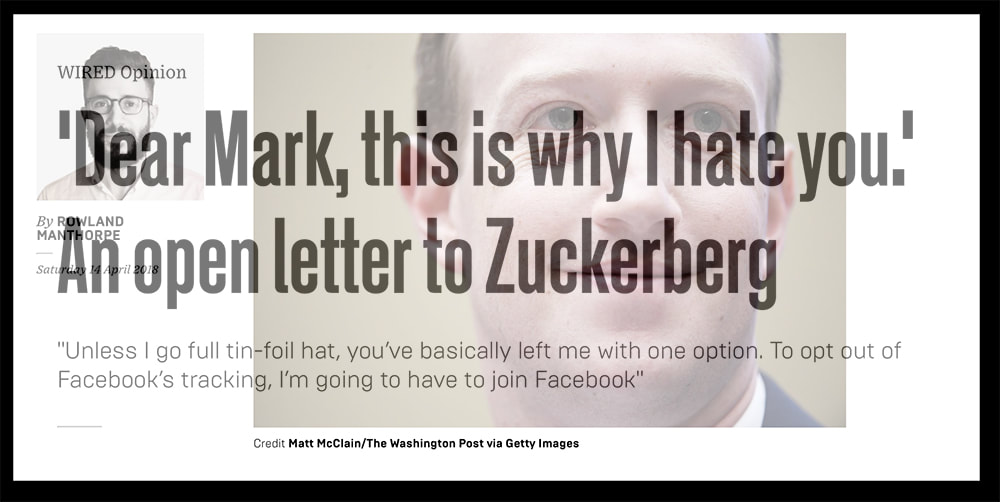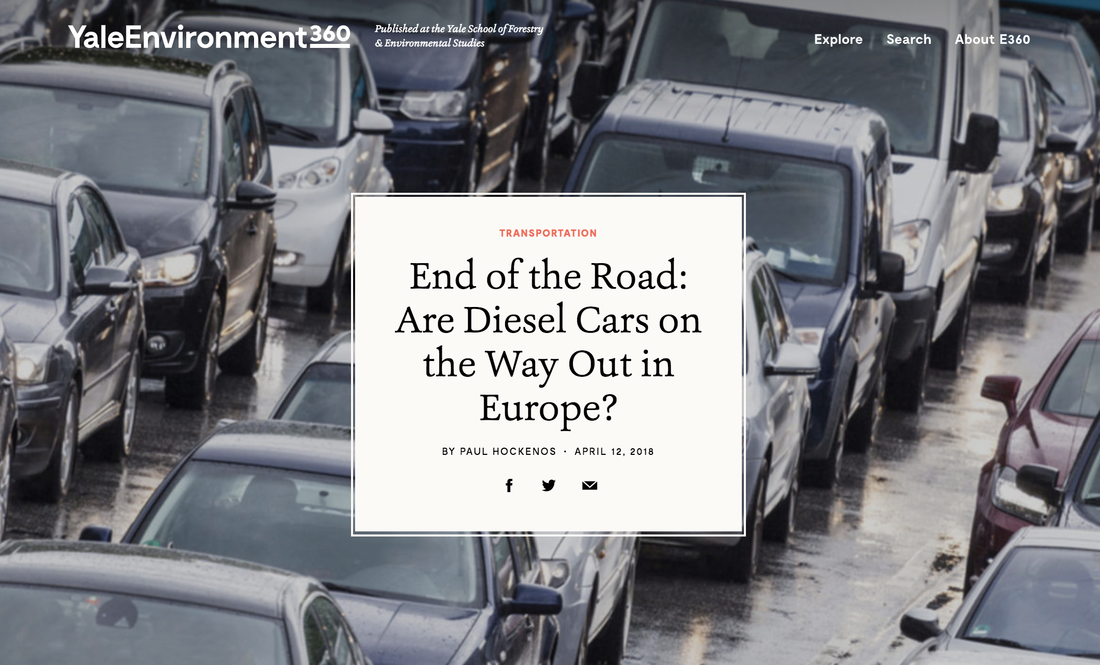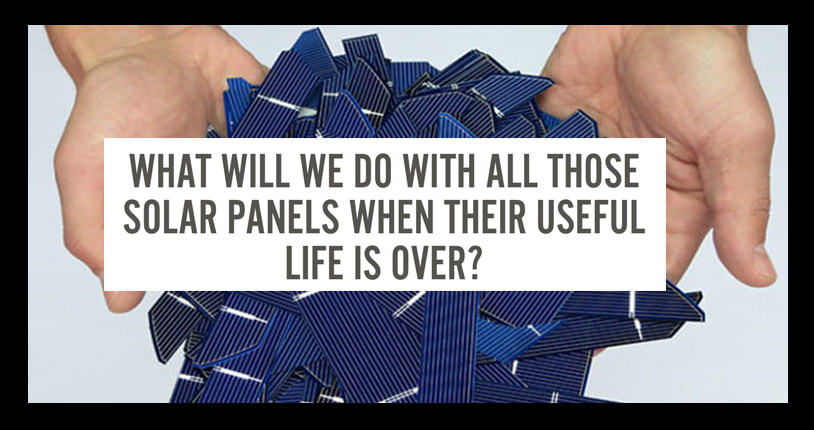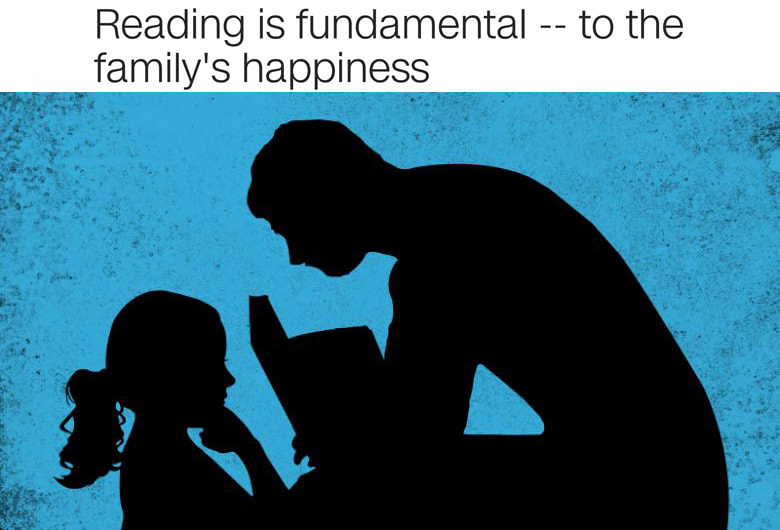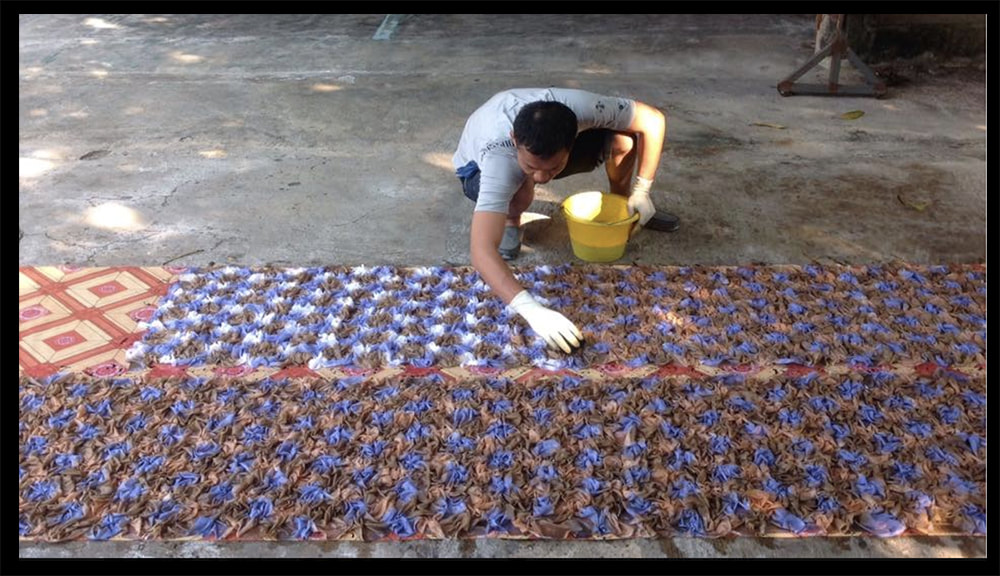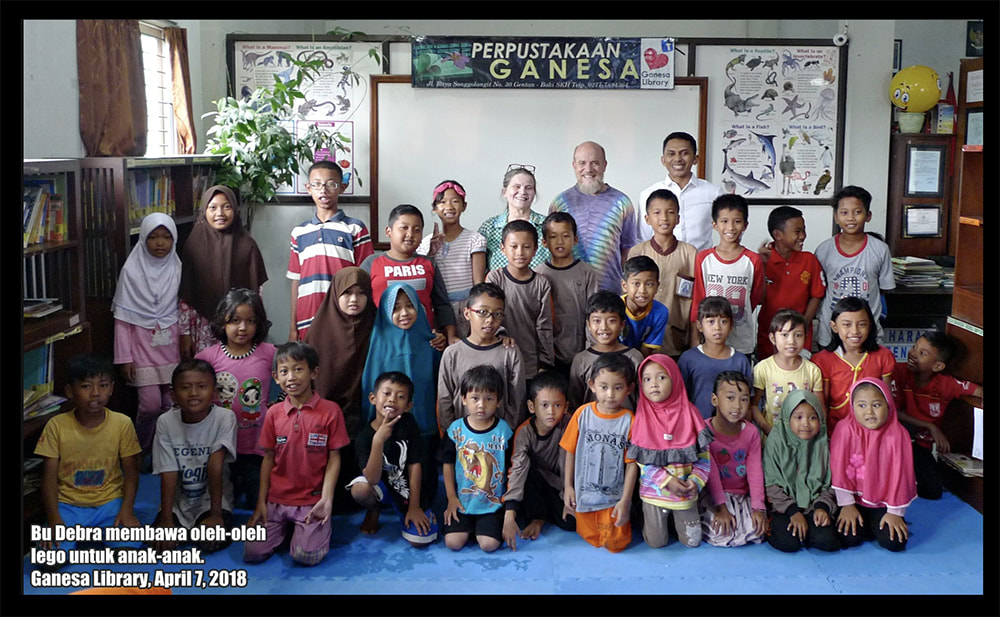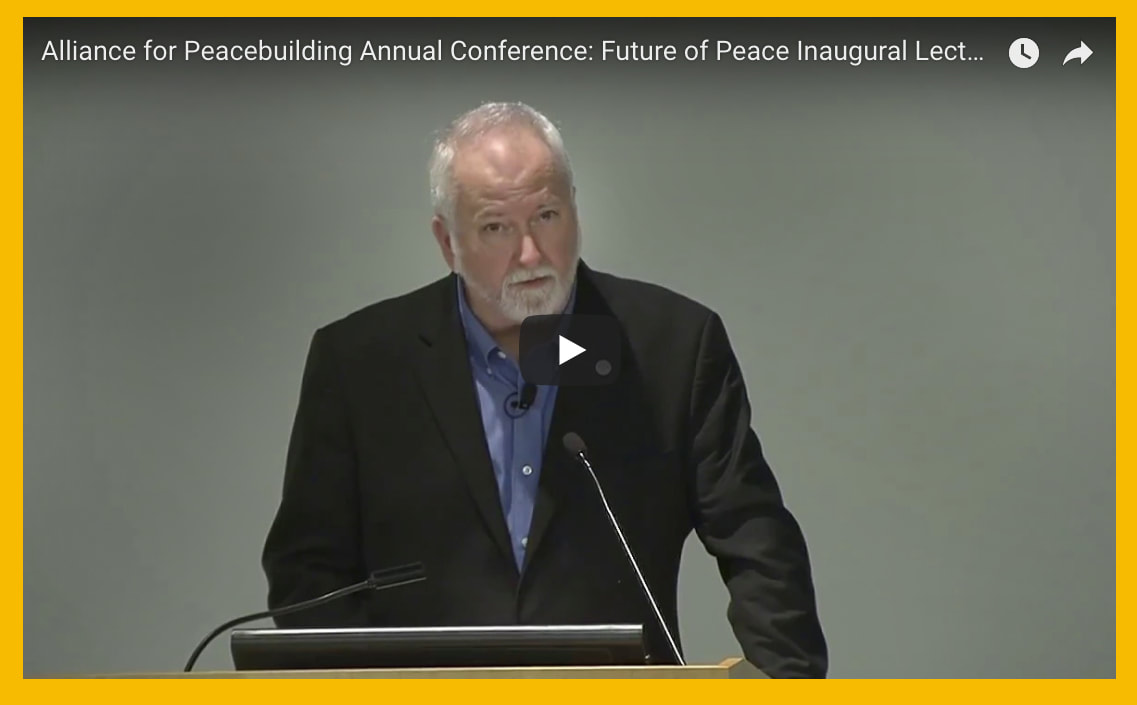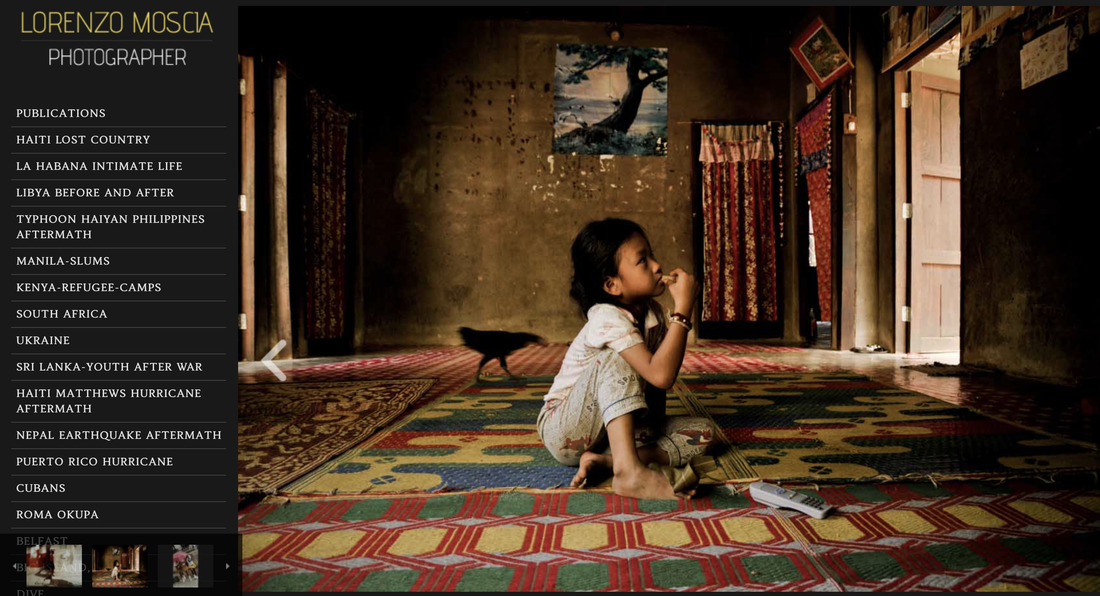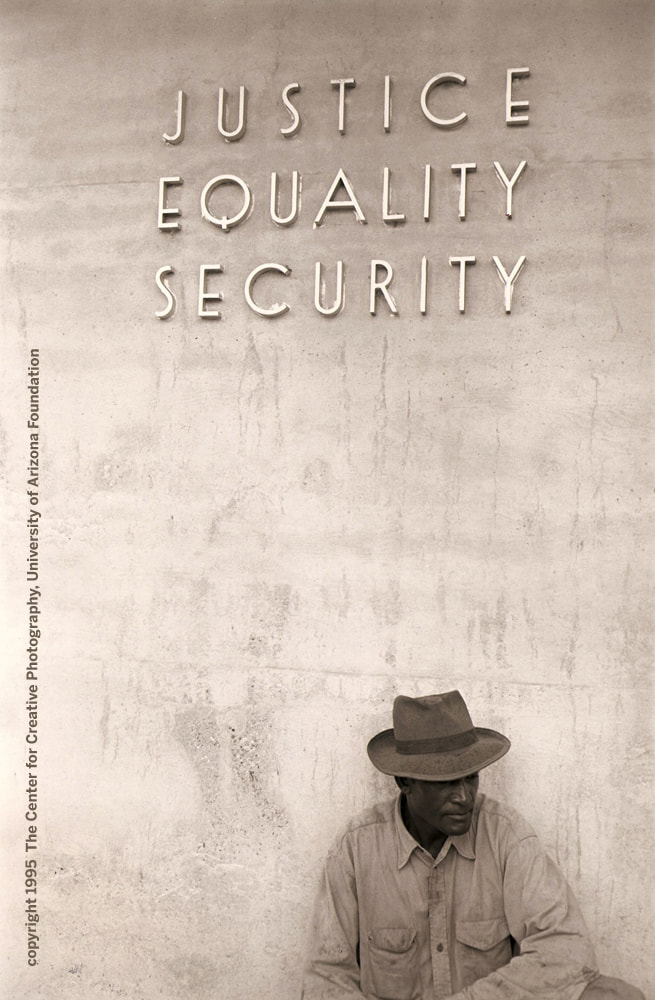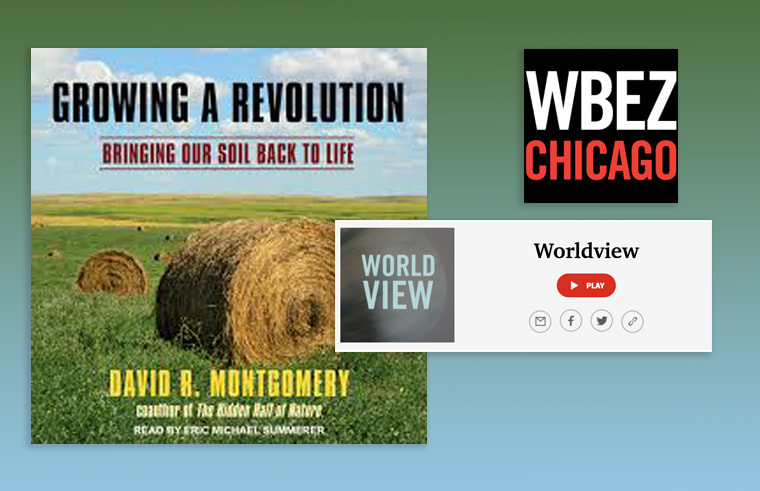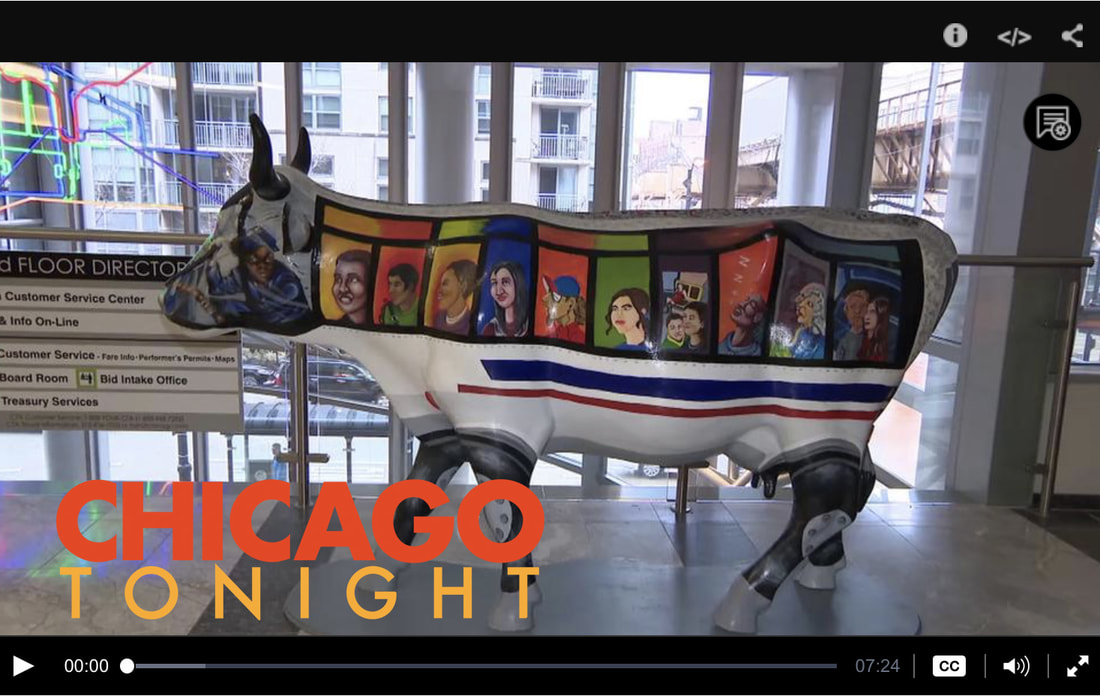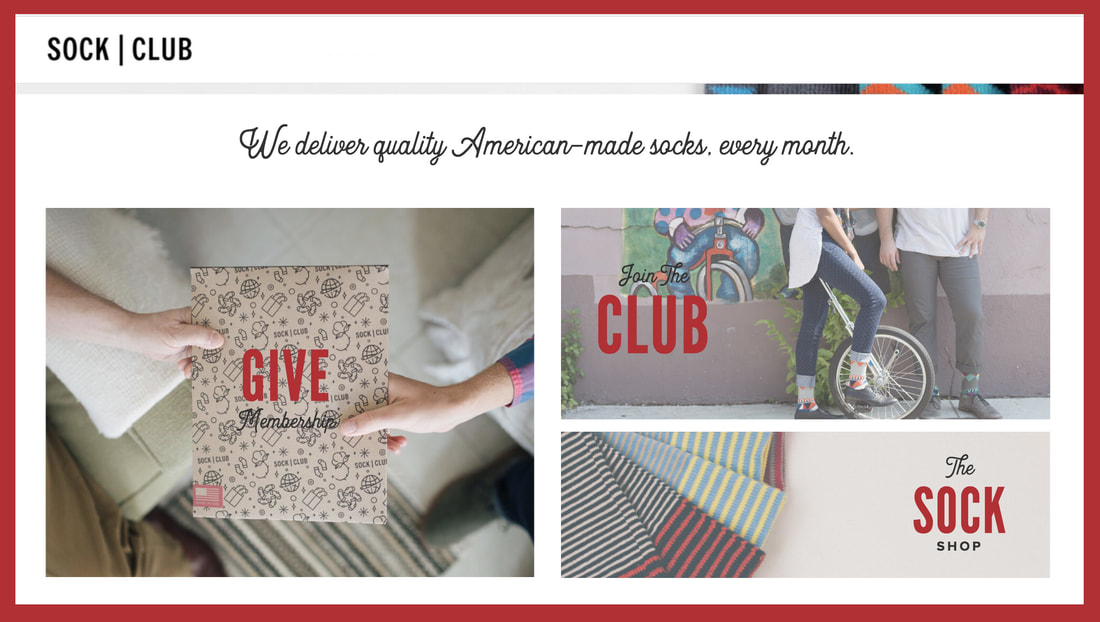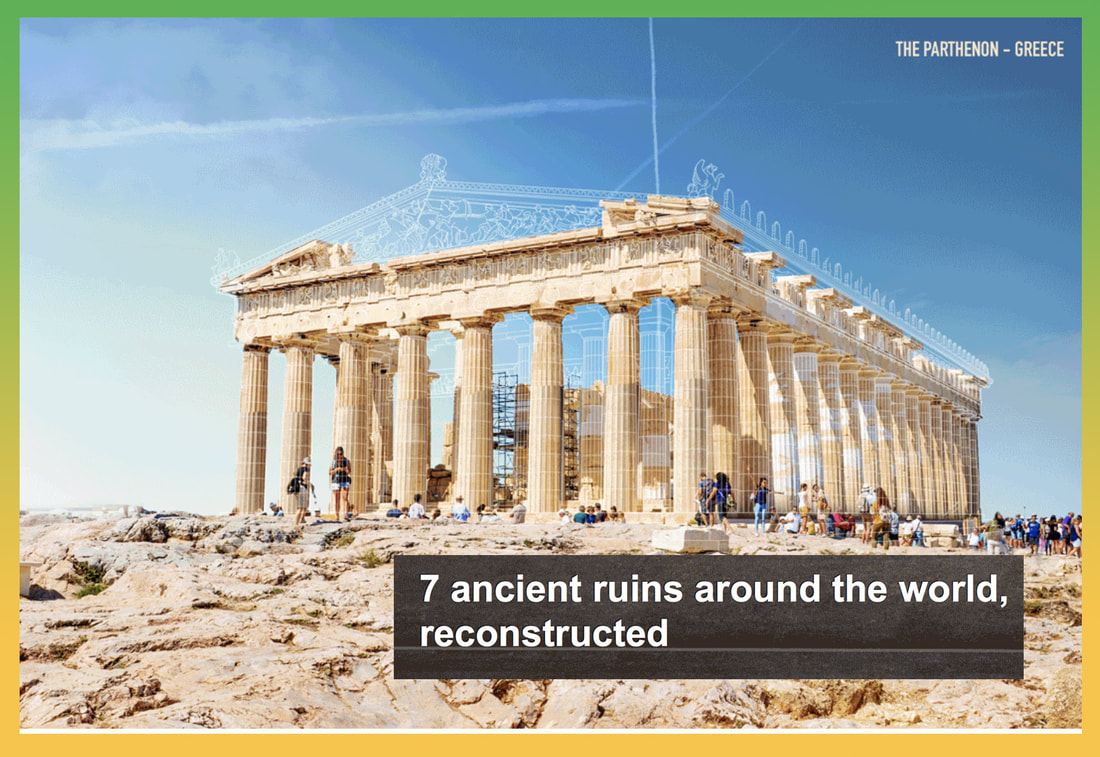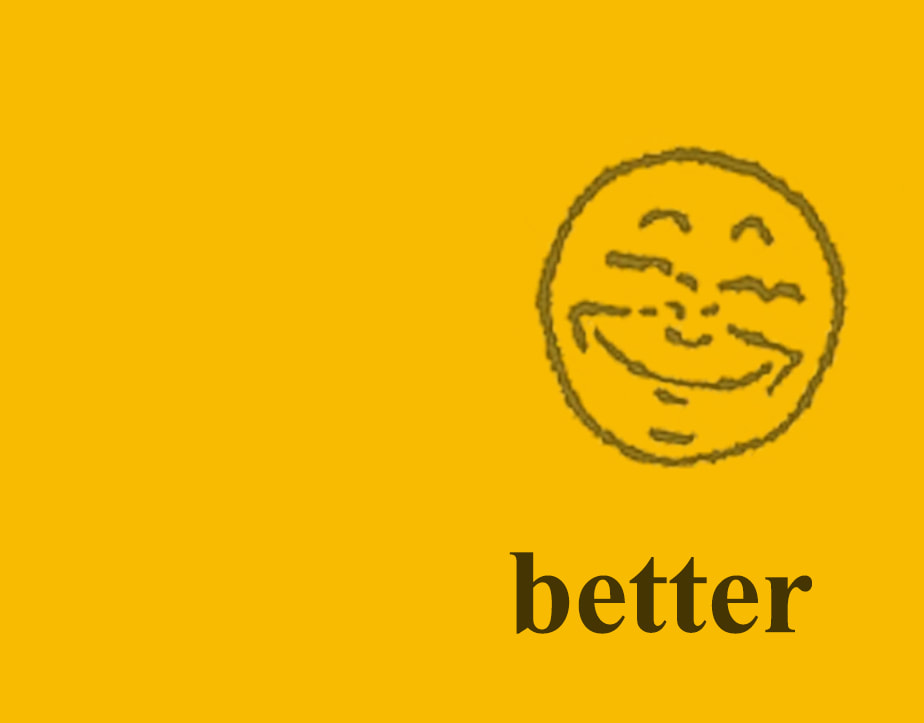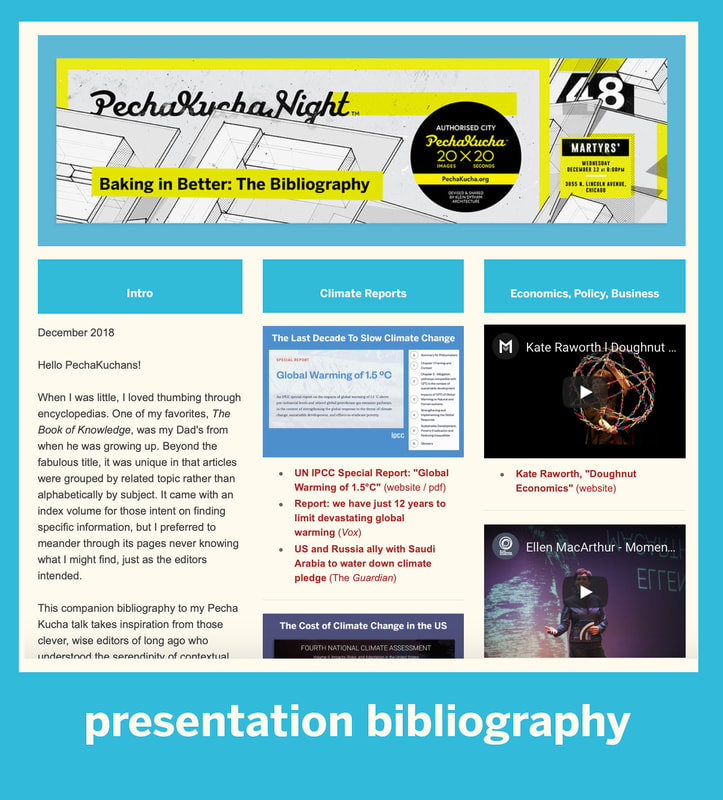|
It is halfway through April and there is snow on the ground in Chicago. At least it's not 28" of snow, which is what fell north of here. Still, in this extended season of gray I find myself desperate for color, the more audacious and science-fictional the better. Thank goodness it turns out we live on a glowing, technicolor planet. Thank goodness for National Geographic.
1 Comment
Slideshow by me! Be patient, the photos will change. From "News from the..." . (more about the ongoing project here)
I have a weakness for the itty bitties... Yeast, the leaven of life, turns out to have a pretty amazing backstory. All life-forms came from somewhere and for yeast that somewhere is China. It took some game-changing microbiological sleuthing to figure it out:
"...How yeast strains are different from each other turned out to be surprising, too. A standard way to measure difference is to take the same gene in two separate yeast strains and compare how many letters have changed—like typos that have accumulated over time. But Liti and Schacherer found that the number of times a particular gene is repeated in the genome—a phenomenon known as copy-number variation—actually accounts for more of the differences between, say, strains used to brew tasty lagers and strains that live on insects in the wild. In other words, it’s not just the sequence of the gene that matters, but the number of copies the yeast has..." (via The Atlantic) Yeast was hard to come by during WWI in France, so bakers had to get clever. They mashed up raisins in water, which attracted wild yeast floating the air so they could grow their own. A baker in the Ardennes has recreated a recipe for the bread upon which the French military depended. These were the soldiers who literally fought in the trenches where modern chemical warfare came of age. He now sells 120 loaves a week, with portion of the profits going to a soldiers' remembrance organization. (via Seveva.net) Slide guitar, sparkly outfits, a banged-up old guitar...check, check and check!
"...So look around you And take a good look At all the local wannabe's Are you sure that this is where you want to be?"
These days the devils are everywhere, but the details are always revealing. From Wired's Rowland Manthorpe:
"...About six months ago, I spent a day at the campus you built in Silicon Valley. I’m guessing people don’t tell you this kind of thing, but, just so you know, it’s not a pleasant place. It’s too big, for a start. Plus those posters you have everywhere make it seem like an AA meeting, only for people who’ve never been drunk. There was one at reception saying, “Silence = Death.” Right above the spot where you force people to sign a non-disclosure form to enter the building..." Meanwhile, the gentle and brilliant giant (all definitions) Jaron Lanier spoke about the Faustian "oops" of social media at the TED conference this week: "We cannot operate as a society if the only way two people can communicate is if it is financed by a third person who wants to manipulate them." Well, we can, but it's an Orwellian society (see China). Watching Lanier's talk Iwondered how many in the audience made their fortunes from mining and manipulating data... "We're not looking backwards. We're looking forwards" Remember when we had a President that thought looking ahead was a good idea? That listening to scientists was common sense? That investing in science was important? That clean air and water mattered? This was just two-and-half years ago. "Today an African-American child is more than twice as likely to be hospitalized from asthma. A Latino child is 40% more likely to die from asthma. If you care about low income, minority communities, start protecting the air that they breathe and stop trying to rob them of their health care." Rather than destroy Obama's legacy, the systemic dismantling of the Affordable Care Act and the Clean Power Plan have only made it stronger. We were on the right track. Come November, vote.
One thing leads to another. A new friend recently told me about an organic farmer's conference in Wisconsin. I looked it up and discovered that one the keynoters, Melinda Hemelgam, records a podcast with the intriguing if concerning title "Food Sleuth Radio." Who could resist such a rabbit hole? Not me... Her latest interview is with Dr. Lori Byron, a pediatrician with a fabulous backstory. Once Dr. Byron gets going in the interview, it's an interesting listen. She connects the dots between climate change, nutrition, public health, poverty and childhood development.
In a span of about 25 years, the number of diesel-powered cars on European roads went from 3% to 37%. Because diesel doesn't generate as much CO2, consumers thought they were doing a good thing. Whoops! It turns out diesel pumps out prodigious amounts of nitrogen dioxide and also soot filled with small particulates the perfect size to clog up lungs. The spike in air pollution led to spikes in respiratory illnesses and premature deaths. German automakers have long fought to keep diesel because it's been so profitable. Volkswagon even went so far as to fudge emissions data. Now on the roads from lawsuits and the rise of EVs, the tide is turning. via Yale 360
With its a robotic narration, the embedded video is admittedly a challenge to watch, but provides a good overview on a fascinating shift towards solar roadways. Bloomberg just published a more in depth article on this latest stretch of solar road in China. It turns out that the mobility revolution is just as much about the reinvention of pavement as it is about EVs and ridesharing. In addition to generating electricity for the street-lighting and for selling to the grid, the Chinese envision on-the-go wireless EV battery charging. Imagine, the more you drive, the more power you would have to drive even further. Tailpipes? What's a tailpipe? There are still a lot of details to be worked out, e.g., Do these roads get pot holes and if so how do you fill them? For more about next generation roads, see post on The Ray.
Nature's photovoltaics—leaves—recycle as mulch. It's a lovely closed-loop system, the very definition of a circular economy. Solar panels are more of a problem. In Europe, manufacturers are responsible for end-of-life-cycle costs, so there's more motivation to figure out a solution than there is here in the US. Still, within the next few years, old solar panels are going to start entering the waste-stream at scale, so there is a lot of opportunity for companies that develop solutions. via Ensia
Battery storage for clean energy is great. But it wouldn't it be even better if the batteries were...prettier? Rows of white metal boxes—how boring. If we're going to have an clean energy revolution (and, yes, let's have one) let's make as beautiful in every way. Hello designers! Have I got a project for you!
Lovely article by a CNN's David Allen about reading to / with kids. One of my favorite memories was crawling into my Dad's lap for a story. I loved being read to so much that I purposed resisted learning how to read until first grade. Mrs. North (like the Wicked Witch?) put in the second reading group, which was understandable if not acceptable. I cracked the code in the week and moved up to the "Apples" group. Even so, to this day, I love to be read to...
My friends Debra Lunn and Michael Mrowka run a batik factory in Indonesia, creating mind-blowing fabrics for quilters. Michael often posts photos and videos of the batik process on his Facebook, which is one of the reasons I still haven't quit Facebook. Fascinating! You could leave me alone in a room full of fabric, dyes, stampers and wax and I would never come up with this. More on the batik process here. Also, check out Lunn Fabrics!
Several years ago my friends and noted quiltmakers Debra Lunn and Michael Mrowka opened a batik factory in Solo, a city of half million people on the island of Java in Indonesia. They wanted to give back to the community and thought a public library--Ganesa—might be a good way to do that. Over the years, the collection has grown as has the enthusiasm for reading (and also Legos which are transported by the suitcase-full—.the kids love them!). Read more about the backstory here and visit their Facebook page here.
I first met Eric Rasmussen, a former Navy doctor and a co-founder of humanitarian tech consultancy IHS (and also a six-time Burning Man veteran), at a charette on refugee issues organized by Rocky Mountain Institute. That led to being embedded in the last of three enormous military/civilian humanitarian exercises known as Strong Angel that he organized. During his decades in the military Eric was deployed 18 times, including stints to Sudan, Afghanistan and Iraq. If he hasn't seen it all, he has certainly seen considerably more than the rest of us.
A few months ago Eric gave a keynote at conference organized by the Alliance for Peacebuilding. It is well worth listening to the entire presentation (it's talking head video, so you don't really need to watch). There is a quite a bit to unpack—from energy to social media—and all of it is thought-provoking. My favorite quote, though, is about libraries. It is a small point in a big talk, but still an important one: "Many don't realize how important public libraries are in the United States and how rare they are in the rest of the world. We rightly put an emphasis on schools, but I think not nearly enough on general access to libraries. Not many people can attend school. Anyone and everyone can walk into a library." Full disclosure: I am the child of a public librarian. They rock. ••••••••••••••••••••••• • re reference to photographer Lorenza Moscia - the video did not cut-away to his photographs, so click here to see a portfolio on his website. • re reference to 19 Copenhagen Goals —click here to see a pdf. In the aftermath of Hurricane Maria, my friend Eric Rasmussen, a former Navy doctor and co-founder of humanitarian tech consultancy IHS, traveled to Puerto Rico with his colleague Alex Hatoum. There the IHS team met up with a team from MIT's Lincoln Labs to install a cutting edge no-moving-parts water purification system. With funding from the Roddenberry Foundation, the system will be supported for a year after which it will be converted into a locally-owned social enterprise. The project is a small drop in an enormous bucket of need, but the technology can scale. It is much, much cheaper to filter and store water on site than to bring in pallets of bottled water by cargo plane, ship and truck. The environmental footprint is also considerably lighter.
A few years ago I helped Eric put together a deployment guidebook. These missions, which take place in the aftermath of major infrastructure-shredding disasters, are not for the faint of heart. At the time, no one imagined that there would ever be a domestic deployment. Yet six months on and much of Puerto Rico is still without power and access to clean water. Lorenzo Moscia is an Italian lawyer who found his true calling behind the lens of a camera. He is fearless, seeking out that which is difficult to see and even more difficult to know. But he also finds the beautiful moments, the timeless details of what daily life is like for those far beyond our blinder'ed, personal horizons. I am one degree removed through my friend Eric Rasmussen and hope at some point that our paths will cross. For the last several years he has documented Eric's work with IHS and the Roddenberry Foundation to bring clean water to communities from Nepal to Puerto Rico in the wake of massive natural disasters.
I curated a retrospective for a Chicago-based photographer named Mickey Pallas. He got his start taking pictures for unions. This was from a strike in Louisiana in the mid-1950s where one the issues on the table was desegregating the pay line.
On the anniversary of Martin Luther King Jr's assassination—gunned down at a Memphis motel at age 39—the words and the silence of the impossibly brave high school student Emma Gonzalez are that much more poignant. A half century later and where are we? Who are we?
I can't wait until the dream finally becomes reality. Until then, the words continue to inspire ("I Have a Dream" - text)
Brilliant interview. "Organic-ish" agriculture—no till, cover crops, crop rotations—not only builds up soil fertility comparatively quickly, but it also scales. It is also more profitable for farmers. One commodity farmer in Ohio now uses less than half as much diesel, about 1/8 the nitrogen fertilizer and less than 1/5 the amount of Round-up pesticide to grow his crops.
"Growing a Revolution" quickly became one of my all-time favorite books when I read it last year. In fact, I wrote about: Lessons of the Lamp Post Garden: How a Healthy Soil Microbiome Can Slow Climate Change, Fix Agriculture & Make Just About Everything Better. How is it ten years since the cows moo'ed their way into Chicago lore? Along with a river that turns green(er) on St. Patrick's Day and the incredibly well-named Wacker Drive (which goes north, south, east and west and, in parts, has three levels), the art-covered cows quickly became part the quirky scenery. In years since, there have been painted horses and painted dogs. Cincinnati ("Porkopolis") even did painted pigs. They were all cow-wannabes. Moo.
For my birthday this year I received a membership to Sock Club. Genius on so many levels... The socks are cool, but mostly it's that it's so marvelously ridiculous. Socks by mail? Why didn't I think of that? There's the added bonus that I am at best a reluctant shopper (so many other things to do!) and now I'm well-stocked on the sock front for the foreseeable.
A good proxy for a time machine. via Expedia.
Amory Lovins, co-founder and Chief Scientist at Rocky Mountain Institute explains how "good old Victorian" engineering can save us all. Who knew fat pipes and small motors could close coals plants? A LOT of coal plants...
|
mostly about energy, the environment, design, science, journalism, technology, art, education and many other good ideas
A search box is located on the right side of the navigation bar.
March 2021
|

